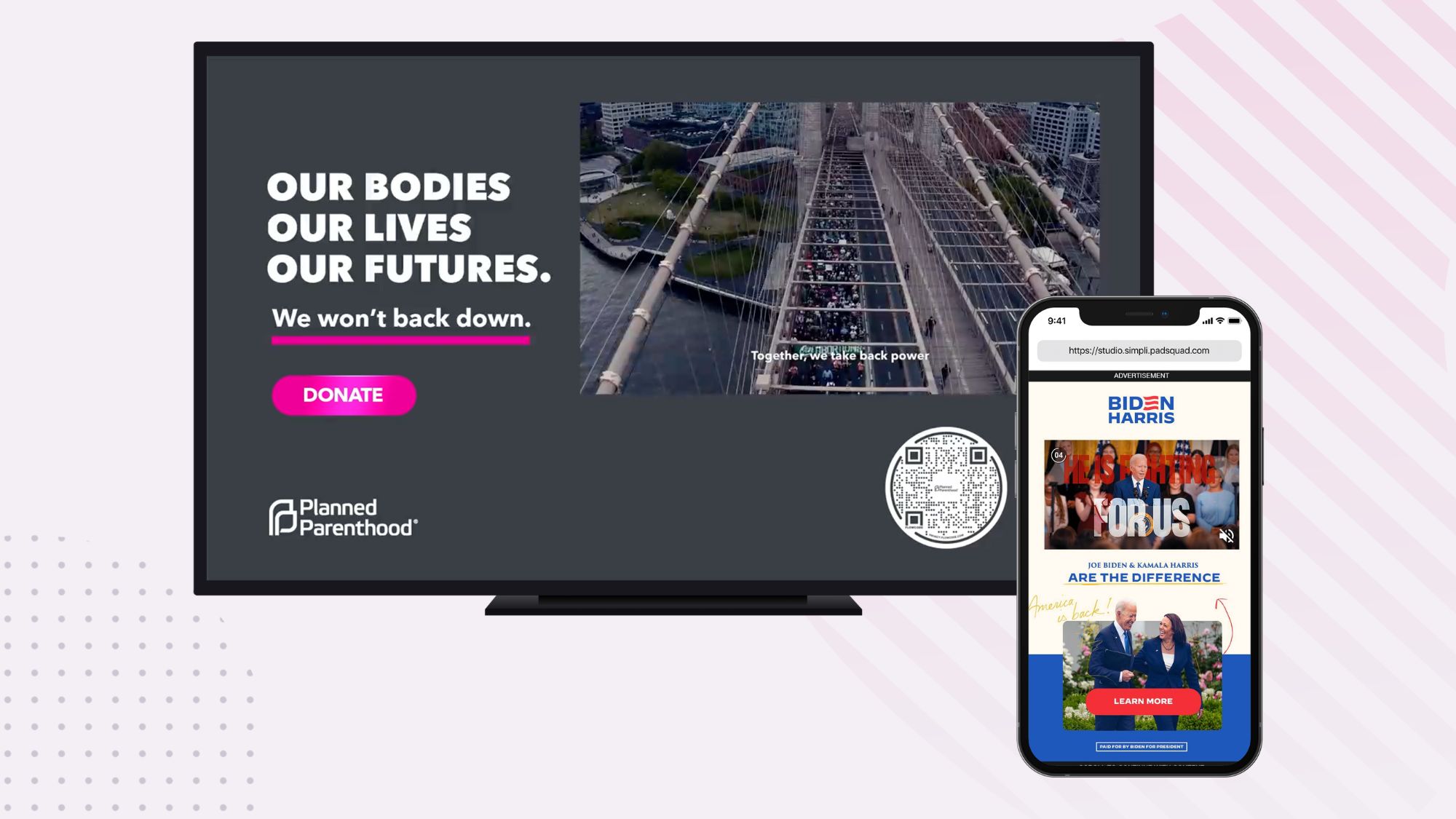In today's fast-paced and competitive political landscape, connecting with voters has become more important than ever. And one of the most powerful and far reaching tools at a candidate's disposal is advertising. However, simply bombarding voters with flashy ads and catchy slogans is no longer enough. To truly make an impact and sway the hearts and minds of voters, candidates must tap into two essential elements: empathy and authenticity.
Empathy is the ability to understand and share the feelings of another. When crafting political ads, it is crucial for candidates to put themselves in the shoes of their target audience. What are their hopes, fears, and aspirations? What are the issues that keep them up at night? By truly empathizing with voters, candidates can tailor their messaging to resonate on a deeply personal level. Whether it's addressing concerns about healthcare, job security, or the environment, empathetic ads show voters that their voices are heard and valued.
However, empathy alone is not enough. Authenticity is equally important in connecting with voters. In an era of fake news and political spin, voters crave sincerity and honesty. They want to see candidates who are genuine and true to themselves. Authenticity means speaking from the heart, even if it means admitting mistakes or acknowledging difficult truths. It means showing vulnerability and taking a stand on issues that truly matter, rather than playing it safe with generic platitudes. When candidates are authentic in their ads, voters can sense it, and it builds trust and credibility.
Combining empathy and authenticity in political ads is a winning formula for connecting with voters. By understanding and addressing their concerns with genuine empathy, candidates can forge an emotional connection that goes beyond mere rhetoric. When voters see that a candidate truly understands their struggles and aspirations, they are more likely to be receptive to their message and consider them as a potential leader.
So how do you put this into practice when it comes to developing digital ads? Luckily, digital ads provide a number of opportunities to connect with voters on a personal level.
- Live polling features: live poll interactivity poses a question to the consumer, and lets them weigh in to impact the content they see in the ad that is most relevant to them. In this political example, voters are asked if they are registered to vote. Their response populates relevant information about registering to vote, or making a plan to vote.
- Personalization: personalizing ads to the end voter is key to moving the needle on election day. A dynamic ad personalization strategy can range from using demographic information to target men and women with different messaging points, or even automatically seeding different video assets amongst different zip codes and DMAs across the country.
Need help personalizing your political ads with the use of interactive digital elements? Contact our team to learn more.


